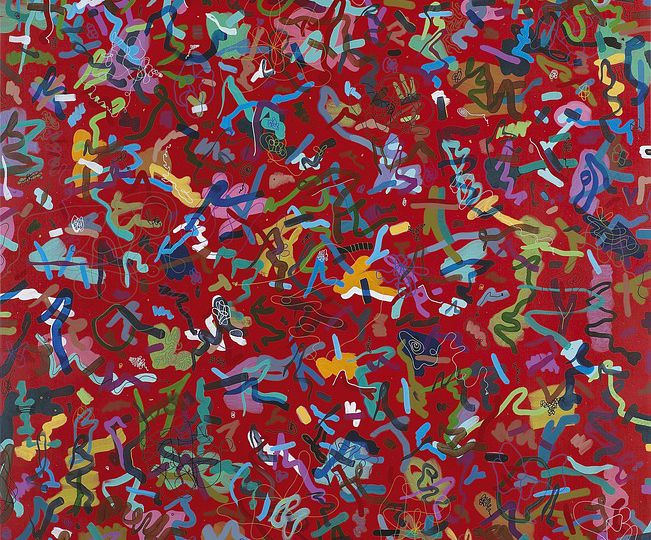
We are exhorted to accept, celebrate, embrace and respect diversity. Maybe not quite in that order, though, but all the same it’s drummed into our heads. Right from school, Indian children learn that there is “unity in diversity”. But is there? Has unity become a euphemism for homogeneity? Is diversity now a politically correct way of ignoring difference, especially when it comes to sexual and gender expression? A way to tick various boxes and forget about what real difference of being, of oppression, of privilege, of the many ways of experiencing the world mean? Shweta Krishnan takes us on a brief tour back into our own colonial past to trace how diversity has been used and to what ends, and interrogates whether it lives up to its promise of pluralities and multiple possibilities. For the two-part Interview this time, Shikha Aleya reached out to several people each of whom addresses aspects of sexuality and diversity from their own particular space of personal knowledge, as well as through art, advocacy and activism.
When we talk about diversity in our movements, do we run the risk of lumping all oppressed minorities together, without regard for real difference in how they may experience oppression? Sohini Chatterjee, after participating in a Queer Pride walk, asks how inclusive is inclusive and whether we assume that every queer and trans person is able to, or wants to, resist dominant power structures in similar ways. Dana Burton writes about how diversity emerges from our everyday experiences, how people experience difference especially with regard to their sexuality, and how we can teach and learn about it. Pallavi Barnwal encourages us to embrace the masculine and feminine within ourselves, and Asmi makes a case for not including kink in the queer spectrum. In Hindi we have a translation of Kavya Kartik’s previously published article on her (a)sexual awakening and her conclusion that her sex life (or lack thereof) is no one’s business but her own.
In the Media corner, Dr Akkai Padmashali talks about breaking the stigma of judgement and in the FAQ corner read about why women love lesbian porn. In Brushstrokes we have Veer Misra’s work entitled Body that is a poignant reflection on how people “judge my body like it owes them any explanation.” And in the Video section, watch how Purl, a cute little ball of yarn, first falls in line with other people’s judgments and expectations and then weaves together a whole new fabric.
In our mid-month issue, we have the second part of the Shikha Aleya’s interview with six different people talking about aspects of sexuality and diversity from their own particular space of personal knowledge, as well as work, advocacy, art and activism across diverse fields.
In our Review section, we have a Hindi translation of Madhu Kewalramani review of Dr. Ketki Ranade’s book Growing up Gay In Urban India: A Critical Psychosocial Perspective that highlights the struggles that children, adolescents, and young adults face with their emerging queerness. We also have a Hindi translation of Shweta Krishnan’s article Freak Shows: Looking at Human Bodies on Exhibit, where she examines the fascination people have historically had with the ‘abnormal’ and the ‘imperfect’.
Read in the blogroll section about how this young woman found her place within the many layers of feminism; how children of same sex couples do well as opposed to the myth about their confused upbringing; and why people choose to do drag. Check out the Tech corner focusing on inclusive dating apps. In the Campaign corner, read GATE’s Call to Action to Unite Against Transphobia.
Happy Reading!
Cover Image: CC0 Public Domain